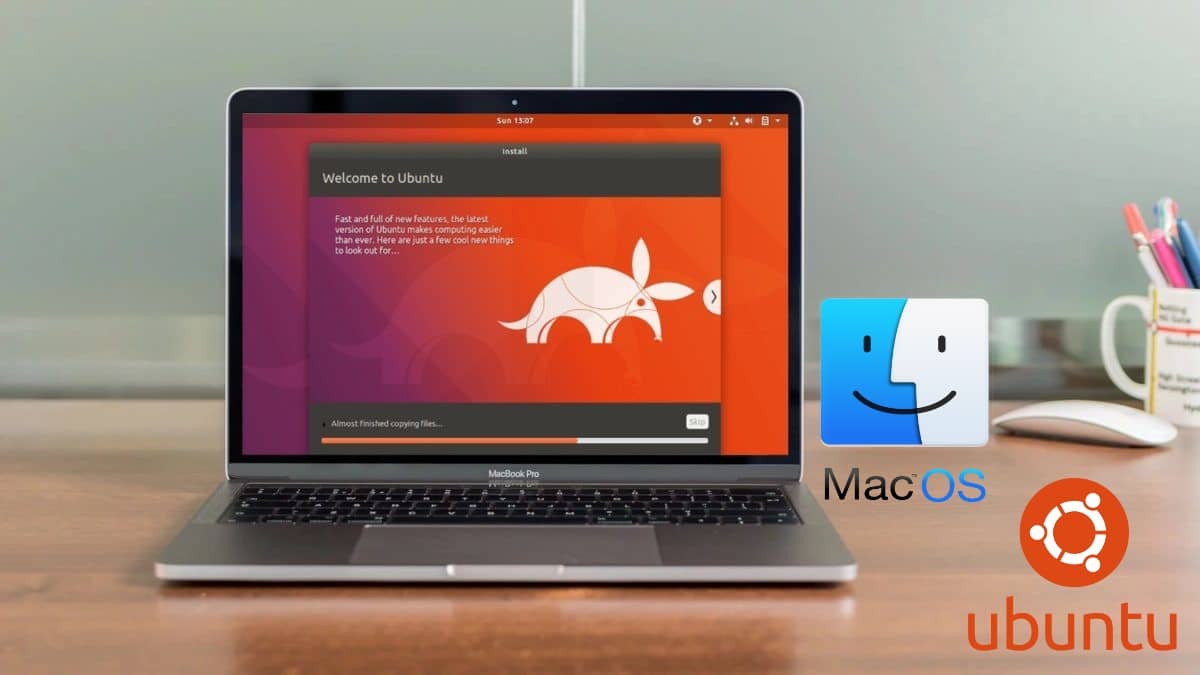
:max_bytes(150000):strip_icc()/LiveUbuntuDesktop-588b9baf3df78caebc598b2e.jpg)
Most of the installation procedures described on this page work best with Secure Boot disabled. Warning: Many computers today ship with Secure Boot active. Apple has also changed its boot loader location from time to time, which has required changes to rEFInd and in late 2020, the introduction of ARM-based Macs is causing a splash, but as of early 2021, I know of no other OS that properly supports these computers, so multi-booting them is definitely a "bleeding edge" activity.
#Install linux on a mac pro upgrade
The best solution is to upgrade rEFInd to the latest version. These are generally caused by a boot coup, as described on this page of the rEFInd documentation, Version 0.12.0 of rEFInd had a bug that caused it to hang with some Apple EFIs, though, and as Apple often upgrades Macs' EFIs as part of the OS upgrade, this bug caused problems for some users after upgrading macOS. Every time Apple upgrades macOS, I see reports of problems. I now use "macOS" to refer to any version of this OS. Note: As of version 10.12 ("Sierra"), Apple has renamed its OS X OS to macOS. When I refer to "the refind directory" on this page, I mean the directory with that precise name, not the refind- version directory that is its parent. This directory includes a subdirectory called refind that holds the rEFInd binary along with another that holds documentation, as well as miscellaneous files in refind- version itself. Important: A rEFInd zip file, when uncompressed, creates a directory called refind- version, where version is the version number.
#Install linux on a mac pro install
If you're using Windows, you'll have to install manually. If your Linux system doesn't support these formats, though, or if you're running macOS, using the refind-install script can be a good way to go. For most Linux users, an RPM or Debian package is the best way to go. See the Contents sidebar to the left for links to specific installation procedures.

The details of how you do this depend on your OS and your computer (UEFI-based PC vs. Once you've obtained a rEFInd binary file, as described on the preceding page, you must install it to your computer's EFI System Partition (ESP) (or conceivably to some other location). Don't be scared by the length of this page! Only portions of this page apply to any given user, and most people can install rEFInd from an RPM or Debian package in a matter of seconds or by using the refind-install script in minute or two.


 0 kommentar(er)
0 kommentar(er)
